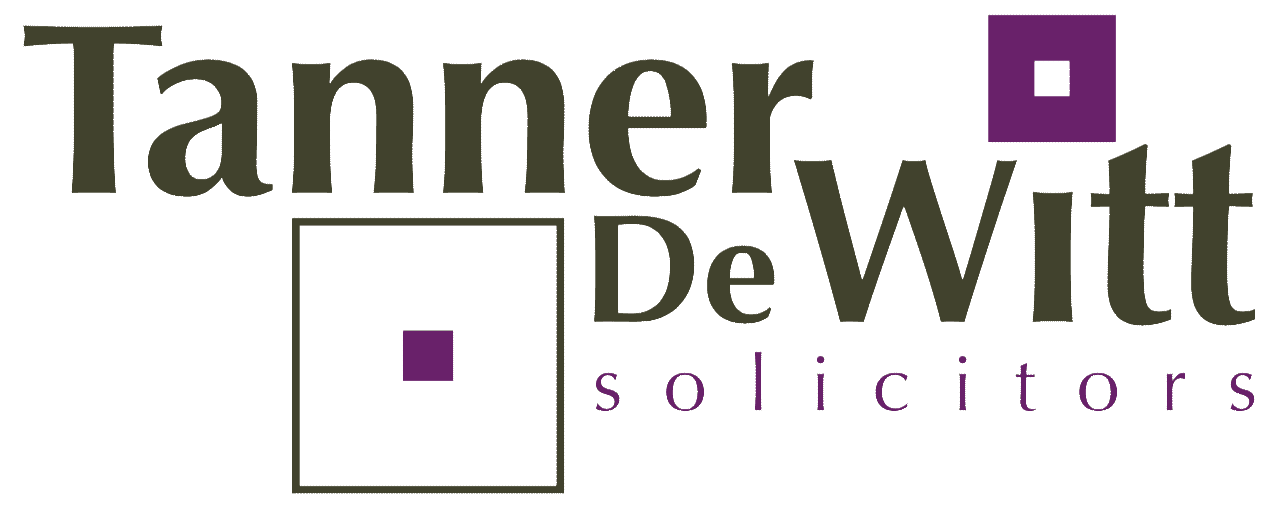Overview of Anti-Discrimination Laws in Hong Kong
09Oct2024By way of summary, we set out below a brief overview of major aspects of the laws relating to unlawful discrimination and harassment in Hong Kong. Where relevant we have also embedded links to other more detailed descriptions of aspects of the law governing these areas.
Protected Characteristics
The protected characteristics under the 4 anti-discrimination ordinances (the “Ordinances”) are as follows:-
1) Sex Discrimination Ordinance (Cap 480): sex, pregnancy, breastfeeding & marital status
2) Disability Discrimination Ordinance (Cap 487): disability (which is widely defined to include loss of bodily/mental function, loss/malfunction/disfigurement of body part, disease or illness or mental disorder)
3) Family Status Discrimination Ordinance (Cap 527): family status (which is defined as status of having responsibility for the care of an immediate family member)
4) Race Discrimination Ordinance (Cap 602): race (which is widely defined to include race, colour, descent or national or ethnic origin)
Unlike some other jurisdictions, age, religion and sexual orientation are not currently protected characteristics under Hong Kong law.
Specified Fields
Discrimination on the basis of the above characteristics will be unlawful only in specified fields. The more common areas which the public may come across are:-
- employment (e.g. recruitment, promotion and dismissal) and workplace;
- education establishments (e.g. admission to schools);
- provision of goods/ facilities/ services (e.g. whether to provide service to certain individuals); and
- disposal or management of premises (e.g. access to premises).
Discriminatory Acts
Different forms of discrimination are regulated by the Ordinances and are generally well defined and established. These can be summarised as follows:-
a) Direct discrimination occurs when a person treats another person less favourably on the ground of a protected characteristic.
However, it is important to note that the existence of the protected characteristic does not need to be the only or even the main reason motivating the discriminatory act to constitute unlawful discrimination under the Ordinances. It needs merely to be one of the operative reasons for the act.
b) Indirect discrimination occurs when there is a universally applied condition or requirement which people with a particular protected characteristic could not comply and suffer detriment as a result, where the condition or requirement could not be justified.
c) Harassment occurs when a person engages in unwelcome conduct on account of another’s protected characteristics (and which only arises in respect of conduct of sexual nature, breastfeeding, disability or race) and in circumstances that a reasonable person would have anticipated that the other person would be offended, humiliated or intimidated.
d) Victimisation occurs when a person treats another less favourably on the ground that the other person does an act which relates to or refers to the Ordinances.
e) Vilification occurs by a public act which incites hatred towards, serious contempt for, or severe ridicule of another person (applies only on the ground of race/disability).
It should be noted that certain defences and exceptions may apply so that the otherwise discriminatory act is not unlawful under the Ordinances.
(Please refer to our articles in each of the hyperlinks above for more information on each act.)
Enforcement and Remedies
A victim of the unlawful acts under the Anti-Discrimination Ordinances may file:-
1) a complaint to the Equal Opportunities Commission (“EOC”), which may investigate and provide conciliation services and in suitable cases, legal assistance, but it does not and cannot make any binding award or determination; and/or
2) a civil action in the District Court, where the limitation period for an action under the Ordinances is 24 months excluding the time when the EOC is handling the complaint.
It should be noted that the provision of legal assistance by the EOC may however make bringing a civil claim far easier and cheaper for a claimant. This is particularly the case because of the position as regards costs, where the starting point in discrimination cases is that both parties bear their own costs whether they win or lose the court case, unless (1) the proceedings were brought maliciously or frivolously or (2) there are special circumstances which warrant an award of costs. (For more information, please see our article on the subject.)
The main remedies available to a successful claimant in a discrimination claim commenced under the Ordinances are:-
i. Declaration that the act is discriminatory and unlawful;
ii. Damages – including for injury to feelings (Vento scale), compensatory loss of future income and exemplary damages;
iii. Orders to take steps to redress the loss and damage suffered by the claimant (e.g. order for a written apology); and
iv. Order to re-employ/promote the claimant.
Further Reading
For detailed explanation of some recent developments in Anti-Discrimination Laws in Hong Kong and application of the relevant legal principles, please see our articles on Sex Discrimination in Job Advertisements, Defending Against Disability Discrimination Claim, and Indemnity Costs in Discrimination Proceedings.
Russell Bennett and Mark Chiu
For more information on employment matters, please contact:
Partner | Email
Consultant | Email
Disclaimer: This publication is general in nature and is not intended to constitute legal advice. You should seek professional advice before taking any action in relation to the matters dealt with in this publication.
